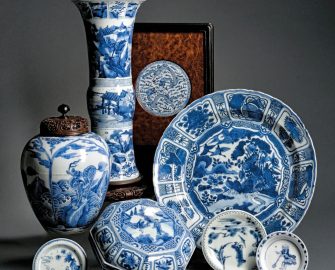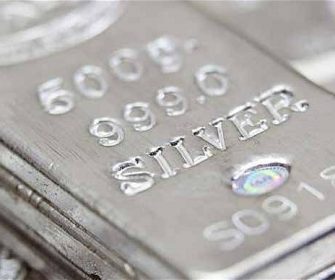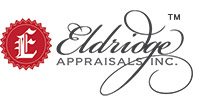
The inventor of pottery is lost to history, however artistically that honor was bestowed upon the Greeks, Coroebus of Athens and Dibutades with the first modeling in relief and Talus of Athens is said to have developed the first potter’s wheel.
The Chinese are credited with discovering the clay (kaolin) used in the first porcelain during the Tang dynasty (618-907) and by the first millennium the secret process was employed in Japan and Korea. The year 1575 marks the first European soft-paste porcelain that was produced in Florence, although understanding the chemistry of porcelain is generally credited to Johann Friedrich Böttger. By the 1700’s the production was widespread across Europe and countless makers have produced and decorated this marvelous material to this day.
Silver
One of the most useful metals for ceremonial or personal use is silver. From the early times, the English with some help from German immigrants influenced the standard “Sterling” or “Easterling.” Many of the methods of regulating the manufacture and dating silver with hallmarks are directly traced back to this influence along with the development of silver guilds and fraternities.
The sterling standard is .925 (parts out of 1000) with other standards of .800 or lower depending upon the usage. Efforts to duplicate the look of sterling led to Sheffield silver that is the lamination of silver over copper and many lesser processes with names such as EPNS (electroplate nickel silver), German silver, silverplate, A1, quadruple plate and many others. True sterling will be marked as such or with the appropriated country hallmarks with combinations providing the name of the maker, year of manufacture or other data.



